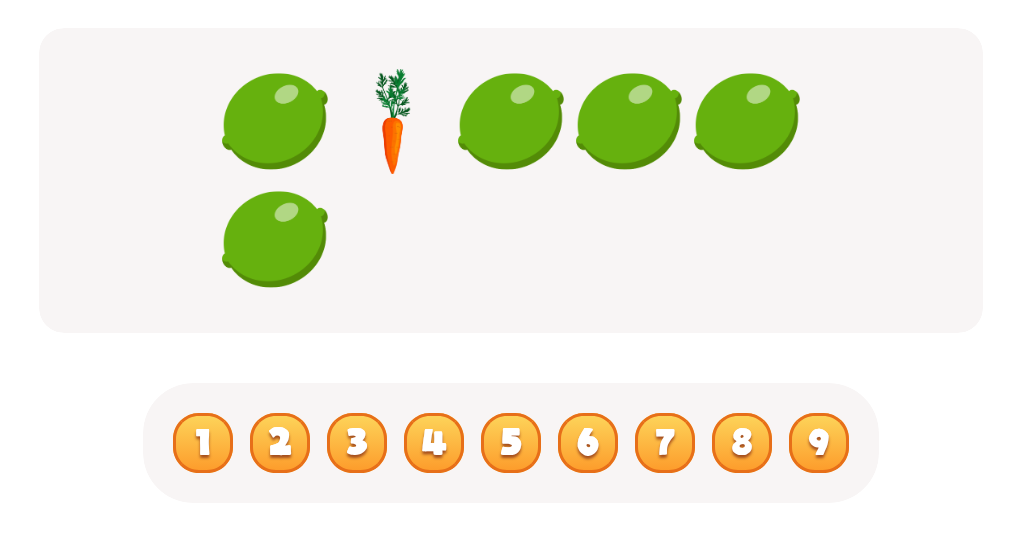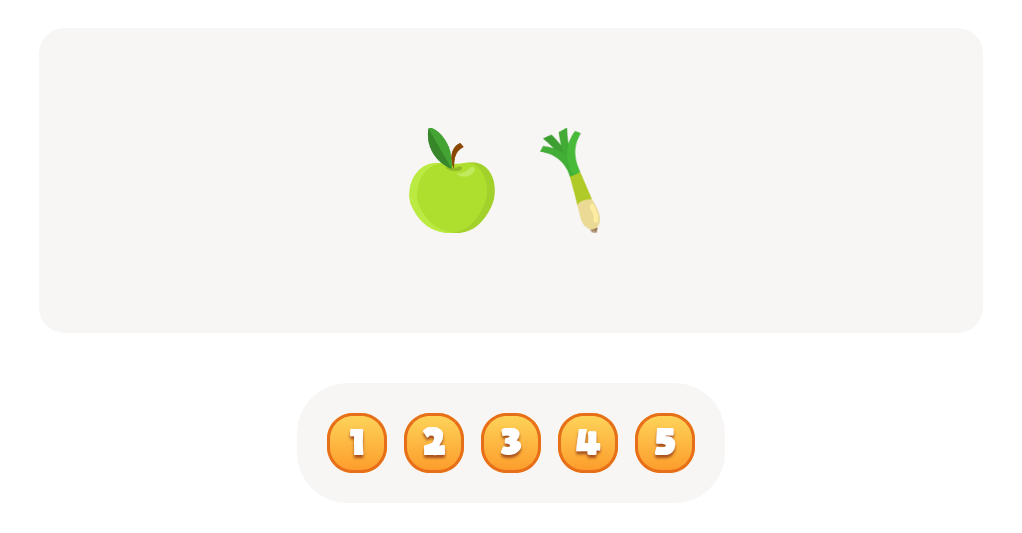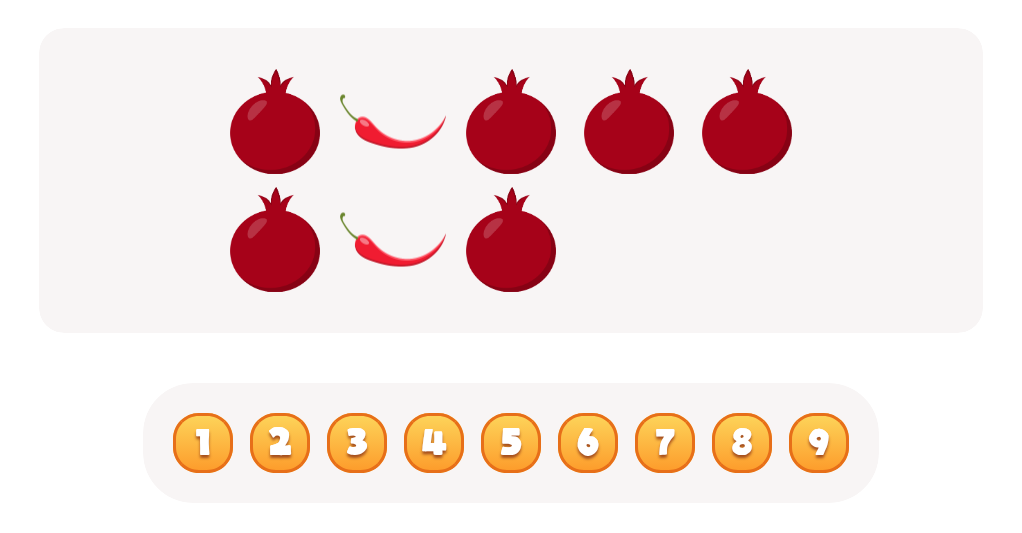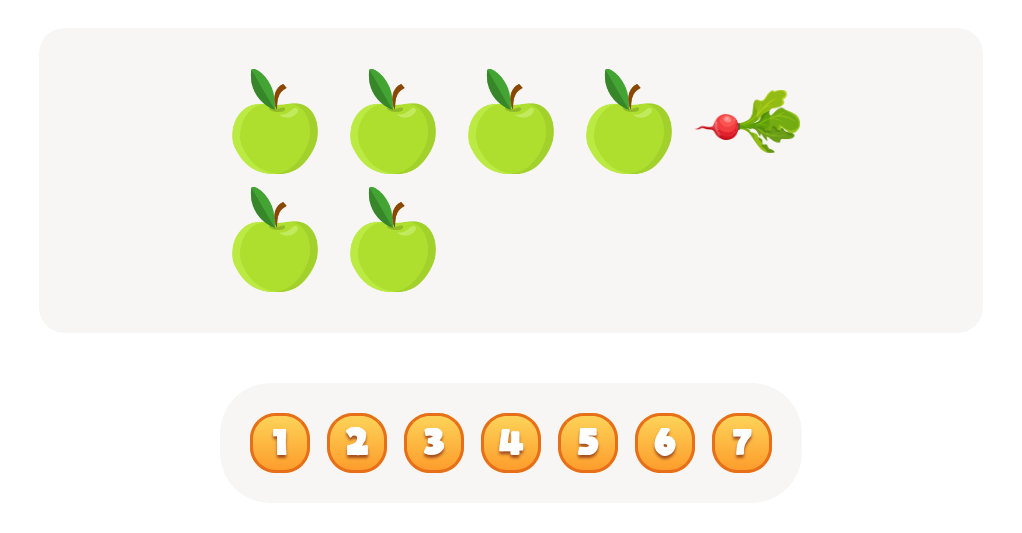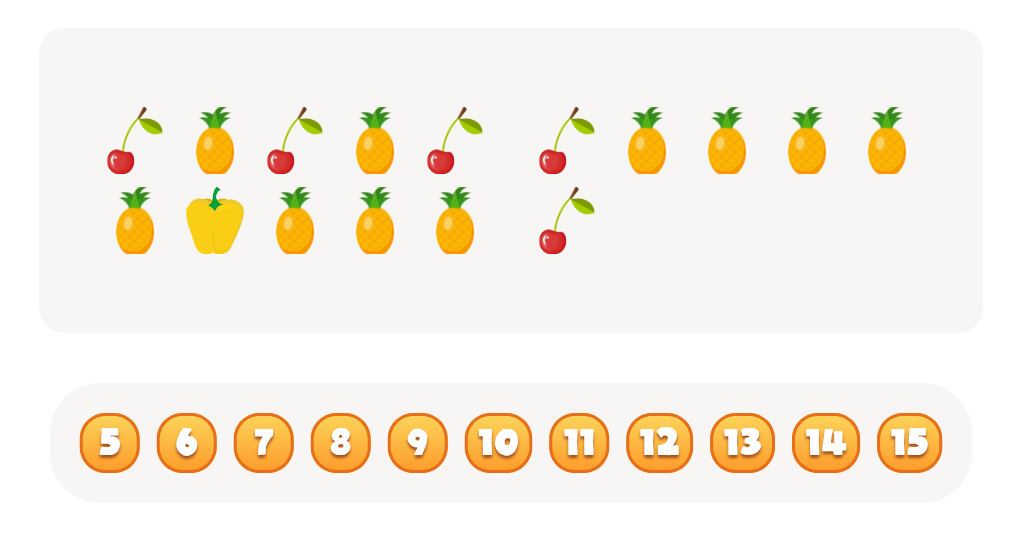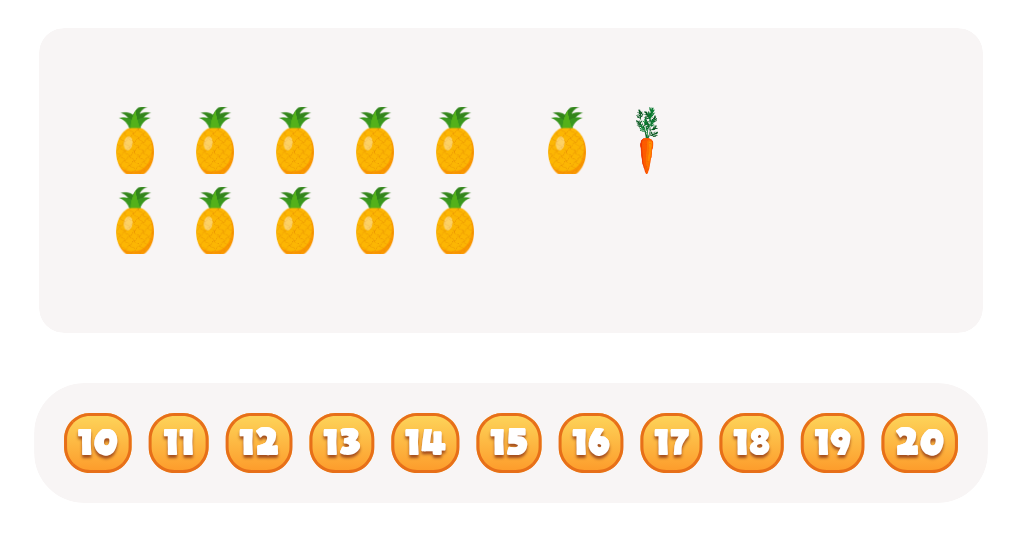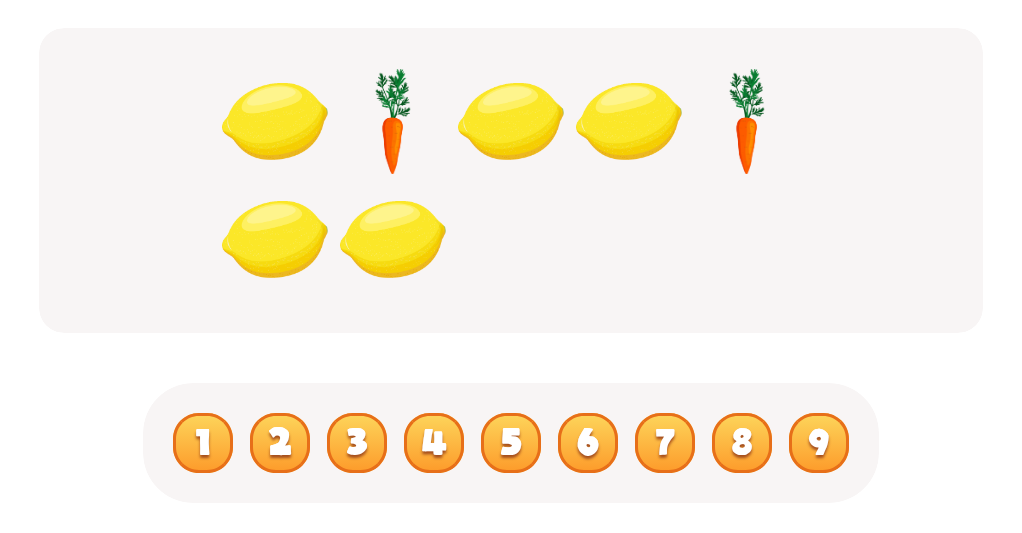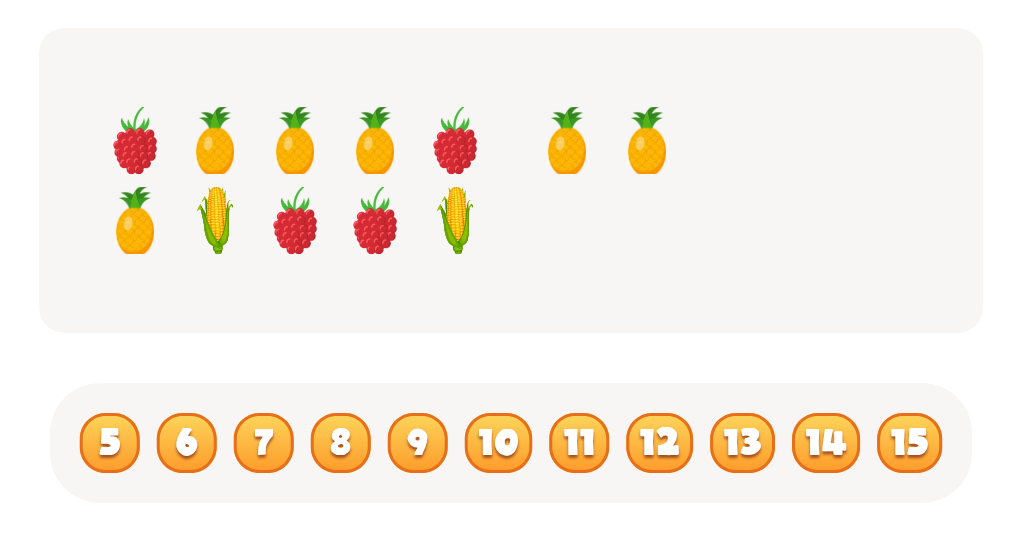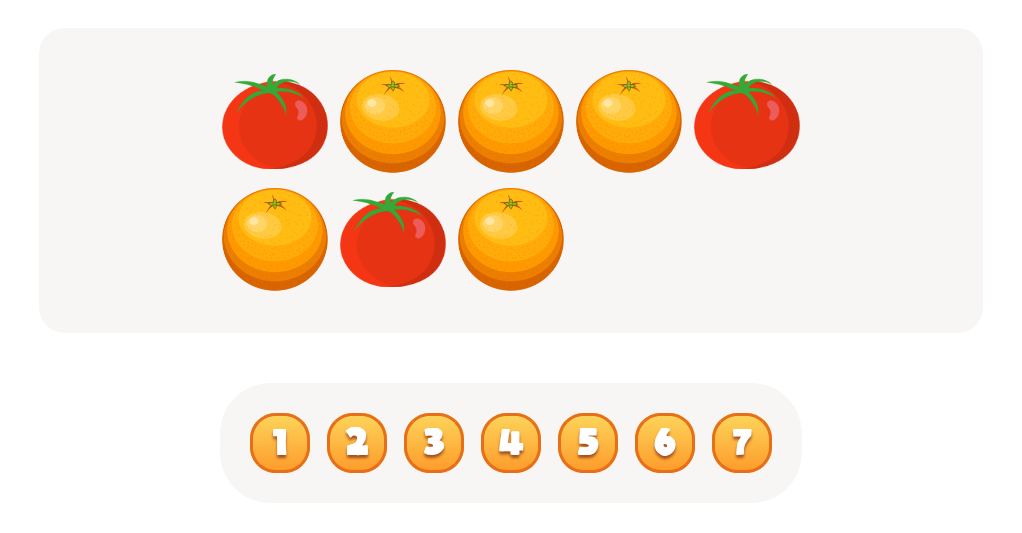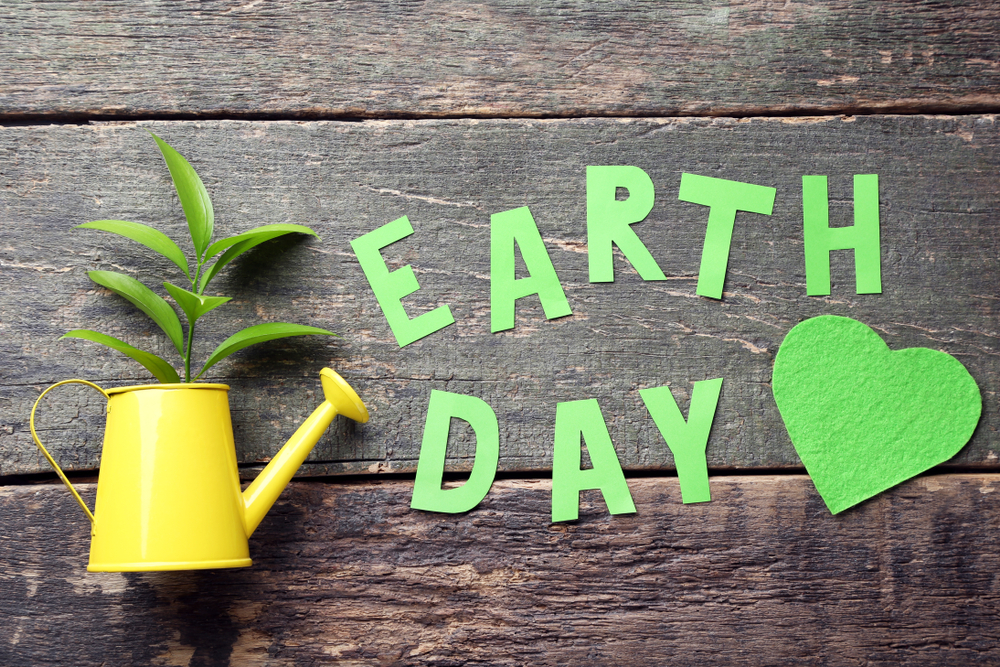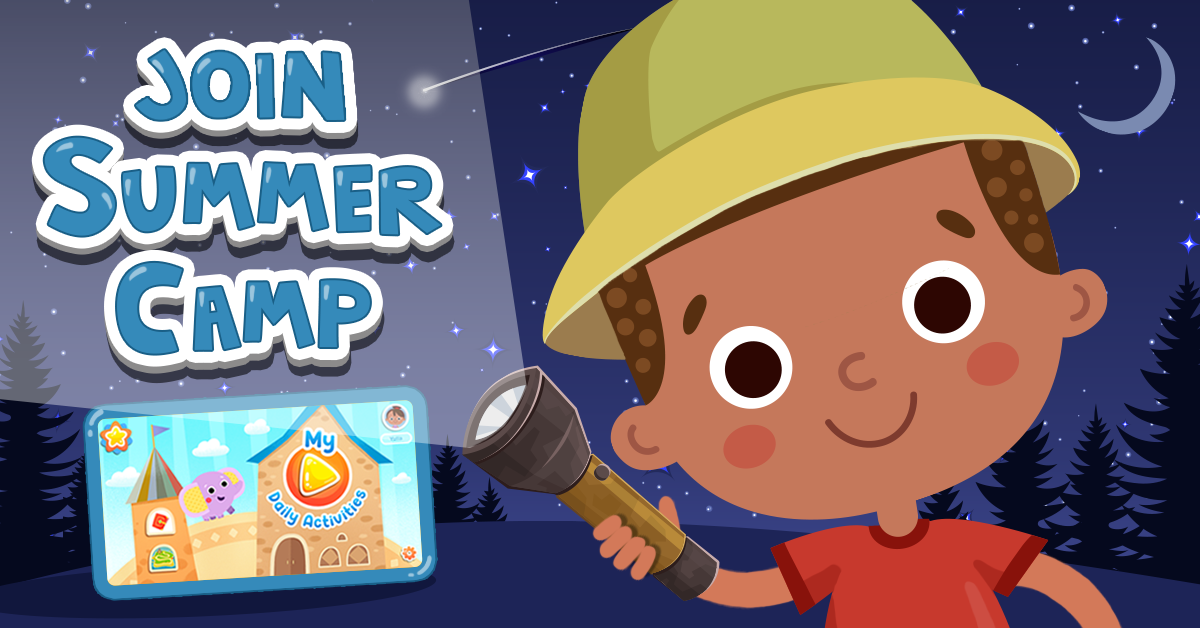Animal Classification Normal Plants and Animals Worksheets for Ages 4-8
6 filtered results
-
From - To
Discover the exciting world of animal classification with our engaging worksheets designed for children aged 4-8! These well-crafted resources help young learners explore the diverse categories of plants and animals, promoting critical thinking and comprehension skills. Our Animal Classification worksheets encourage hands-on learning through fun activities, including matching, sorting, and identifying species. Ideal for both classroom and home use, these educational tools foster curiosity about nature and enhance observational skills. Parents and educators can easily integrate these worksheets into their lessons, making science both enjoyable and accessible. Join us in nurturing your child’s love for learning about the animal kingdom today!
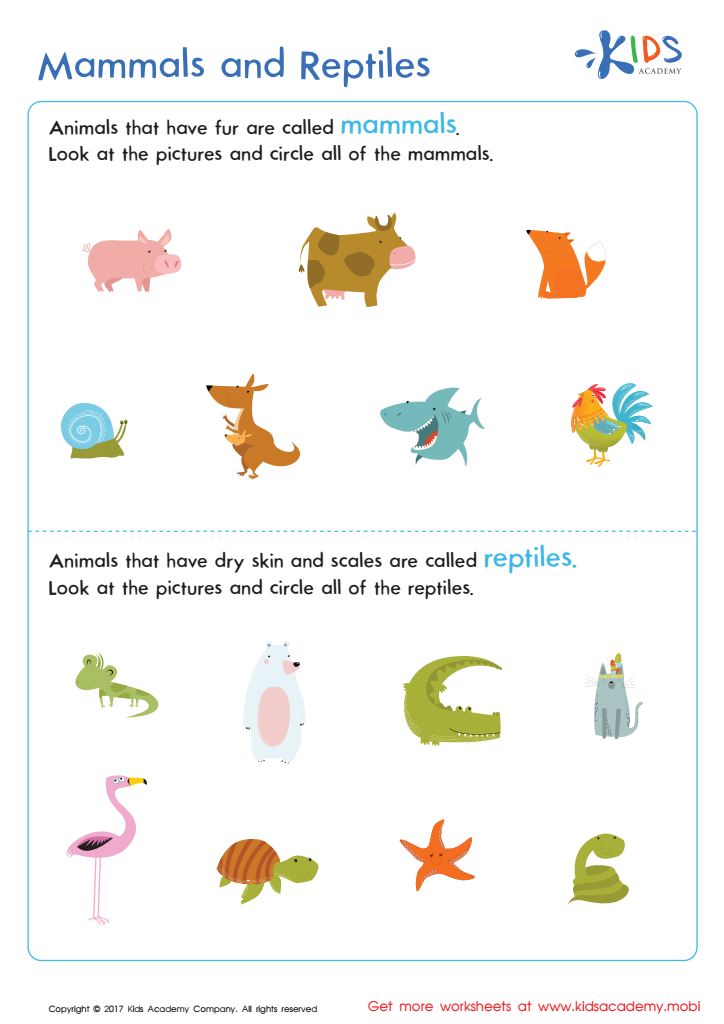

Mammals and Reptiles Worksheet
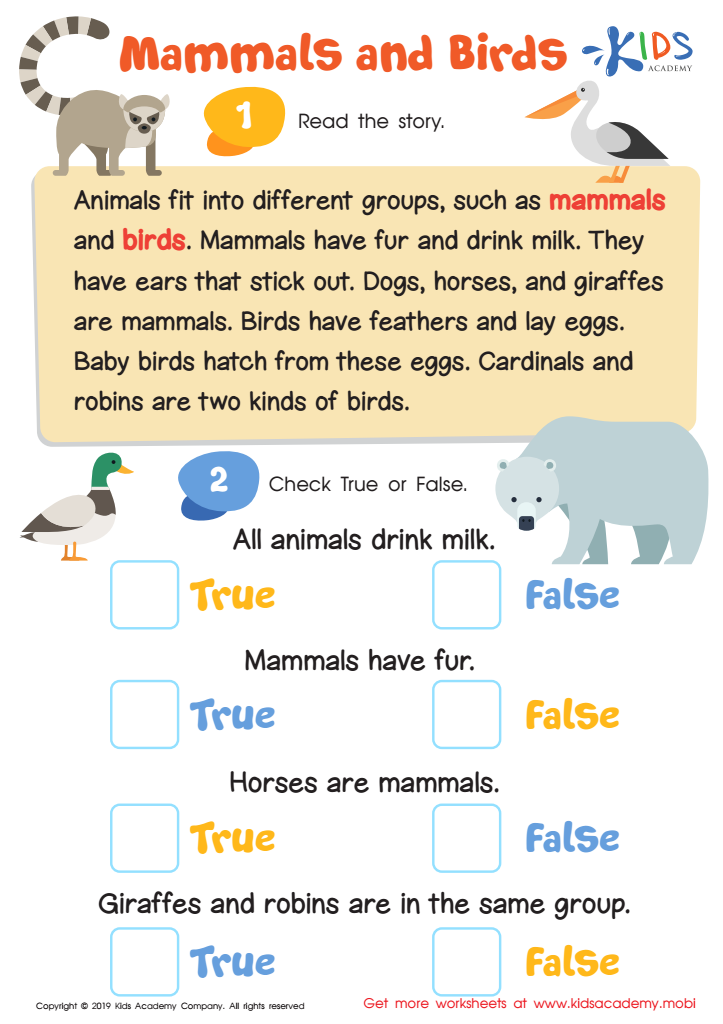

Mammals and Birds Worksheet
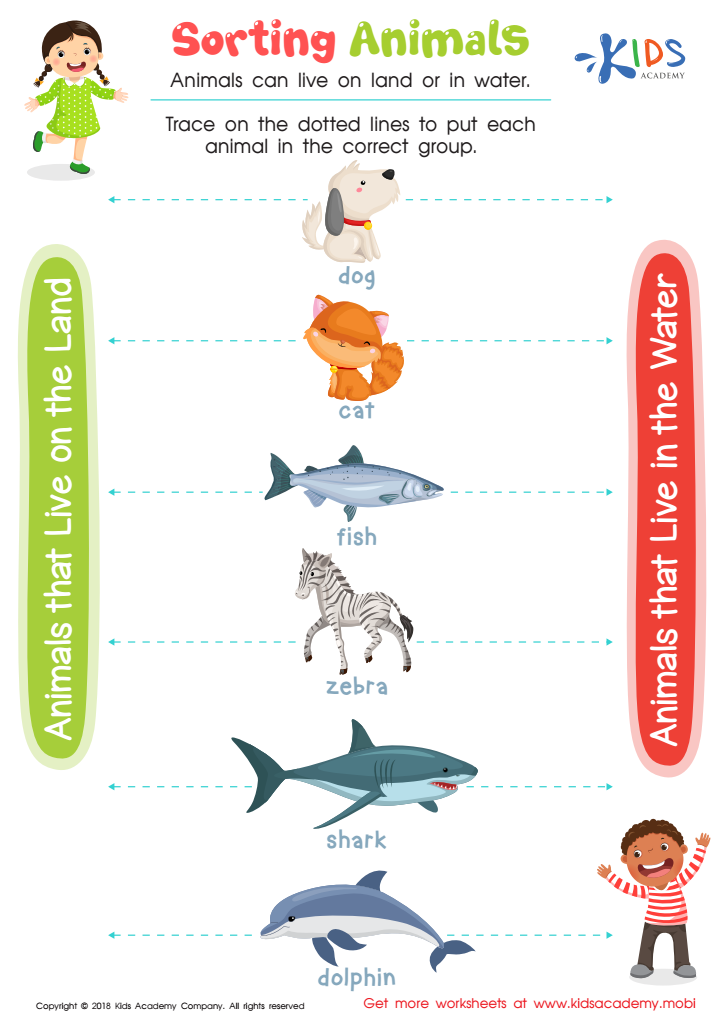

Sorting Animals Worksheet
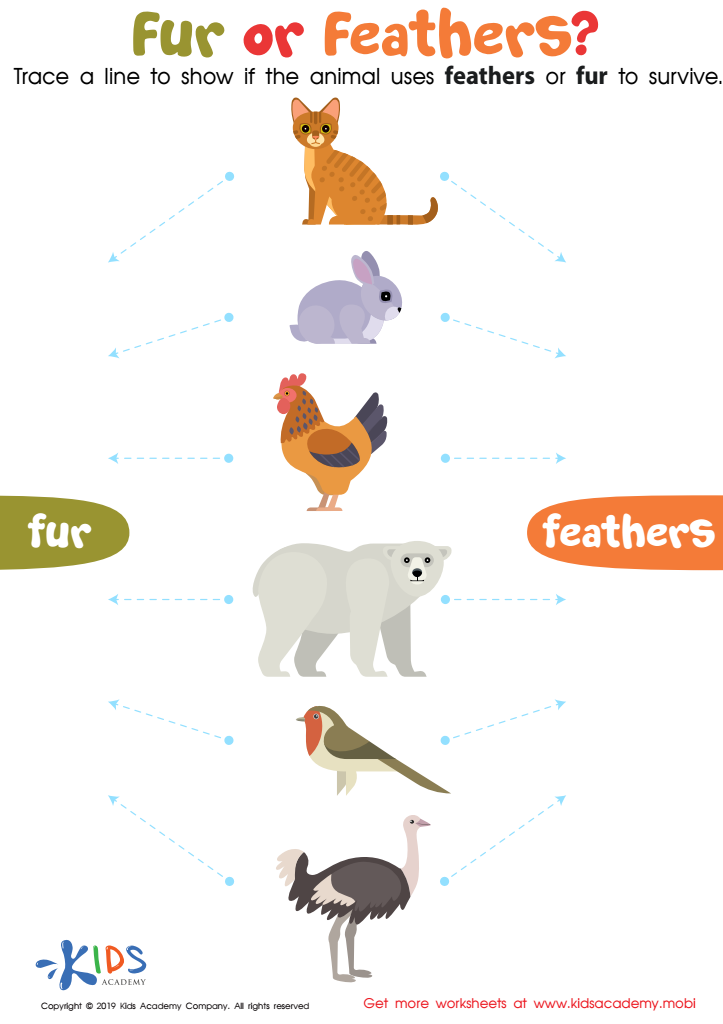

Fur or Feathers? Worksheet
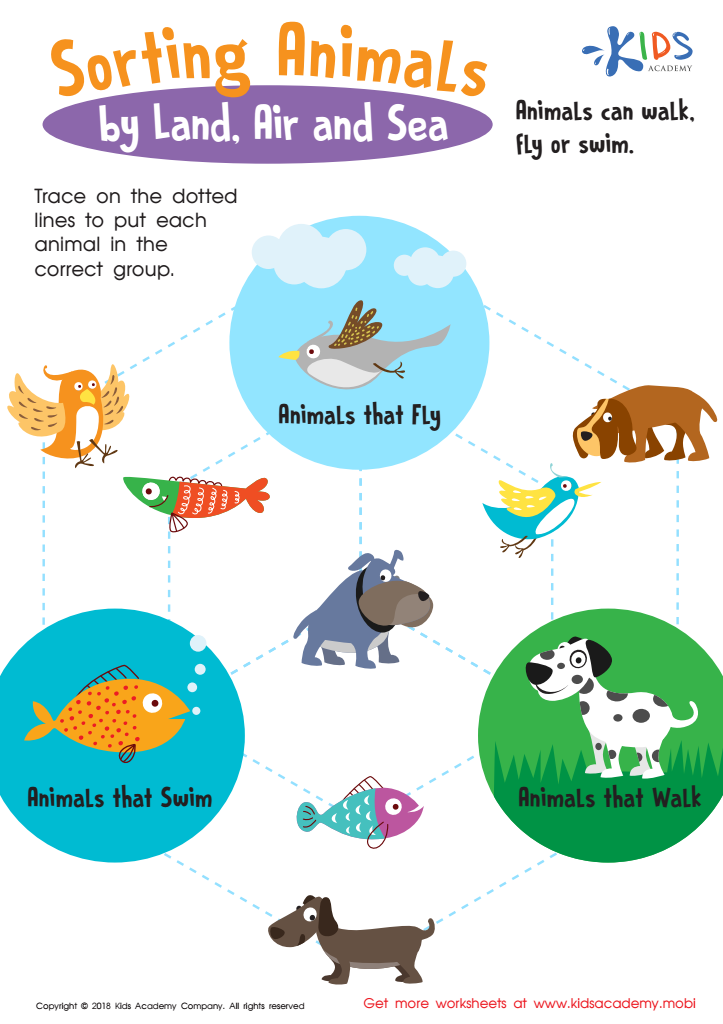

Sorting Animals by Land, Air and Sea Worksheet
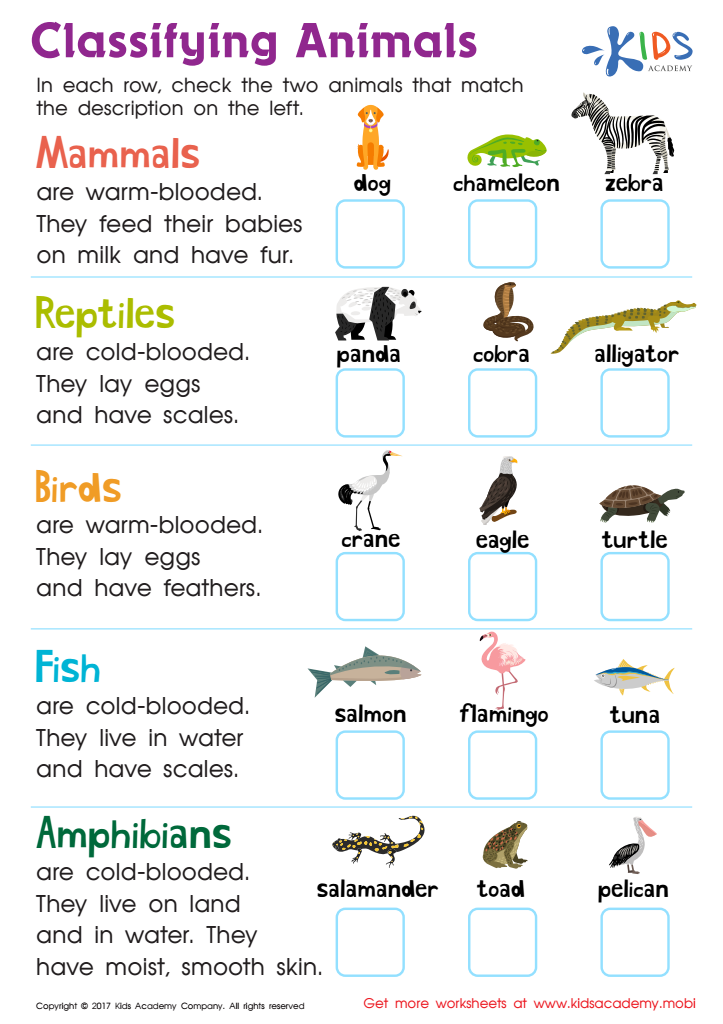

Classifying Animals Worksheet
Animal classification is a foundational concept in understanding the natural world, and introducing it to children ages 4-8 can ignite their curiosity and appreciation for biodiversity. Teaching young learners about the various groups within the animal kingdom—such as mammals, reptiles, birds, amphibians, and fish—helps them comprehend the diversity of life around them. This knowledge not only builds a strong scientific base but also fosters critical thinking as they learn to categorize and compare different species.
Furthermore, understanding animal classification promotes environmental stewardship. When children learn to recognize different animals and their habitats, they are more likely to develop a sense of responsibility towards wildlife conservation and caring for the environment. Engaging with nature and learning about animals encourages empathy, curiosity, and observational skills, which are vital for overall development.
In addition, this topic ties into various subjects, including language arts, art, and social studies, providing a multifaceted learning experience. By integrating discussions about animal classification into educational practices, parents and teachers can inspire children to explore and engage with the natural world, laying the groundwork for future scientific inquiry and environmental awareness. Ultimately, this knowledge empowers children to understand and appreciate the intricate connections within our ecosystems.
 Assign to My Students
Assign to My Students
